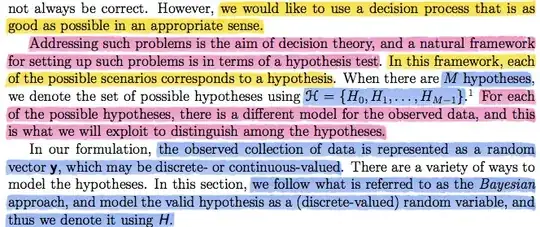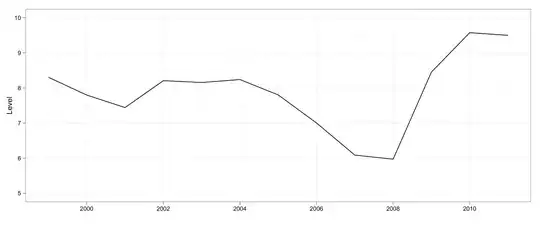You need to have b and c. A 2x2 table has only 1 degree of freedom, meaning that if you were able to determine any of the cells, you could figure out the rest. Fortunately for you, the sum of no condition A during the follow-up period is just 5. That means you can quite easily determine the possible results by brute force. You wouldn't know which is correct, but since all are highly significant, it might be enough for you. Here is an example, coded in R (a lot of output is omitted to shorten what's pasted here):
b = as.list(0:5)
tab.fun = function(b){
d = 5-b
a = 600-b
c = 30-d
tab = as.table(rbind(c(a, b),
c(c, d)) )
return(tab)
}
lapply(b, function(l){
list(addmargins(tab.fun(l)), mcnemar.test(tab.fun(l))) })
# [[1]][[1]]
# A B Sum
# A 600 0 600
# B 25 5 30
# Sum 625 5 630
# [[1]][[2]]
# McNemar's chi-squared = 23.04, df = 1, p-value = 1.587e-06
#
# [[2]][[1]]
# A B Sum
# A 599 1 600
# B 26 4 30
# Sum 625 5 630
# [[2]][[2]]
# McNemar's chi-squared = 21.333, df = 1, p-value = 3.86e-06
#
# [[3]][[1]]
# A B Sum
# A 598 2 600
# B 27 3 30
# Sum 625 5 630
# [[3]][[2]]
# McNemar's chi-squared = 19.862, df = 1, p-value = 8.324e-06
#
# [[4]][[1]]
# A B Sum
# A 597 3 600
# B 28 2 30
# Sum 625 5 630
# [[4]][[2]]
# McNemar's chi-squared = 18.581, df = 1, p-value = 1.629e-05
#
# [[5]][[1]]
# A B Sum
# A 596 4 600
# B 29 1 30
# Sum 625 5 630
# [[5]][[2]]
# McNemar's chi-squared = 17.455, df = 1, p-value = 2.943e-05
#
# [[6]][[1]]
# A B Sum
# A 595 5 600
# B 30 0 30
# Sum 625 5 630
# [[6]][[2]]
# McNemar's chi-squared = 16.457, df = 1, p-value = 4.976e-05

